Many adults suffer from gallbladder problems with many experiencing symptoms in early adulthood, especially women who develop gallstones much more frequently than men. In fact, cholecystectomy, surgery to remove the gallbladder, is one of the most frequently performed abdominal surgeries in the United States today.
The gallbladder is a small organ that sits under your liver in the upper right quadrant of your abdomen. It stores and releases bile into the small intestine during digestion. Your liver produces on average about a quart of bile daily. It is a yellowish liquid that helps the body break down fat and detoxify various toxic organic and inorganic compounds.
Adequate healthy bile and bile flow is required for the absorption of essential fatty acids, cholesterol (which is required for steroid hormone production), and fat-soluble vitamins such as A, D, K, and E. When bile flow becomes congested, it can lead to the formation of gallstones and result in biliary obstruction. This can result in severe inflammation of the gallbladder (acute cholecystitis) and often leads to gallbladder removal.
In addition to fat digestion and absorption, bile plays a major role in the removal of toxins collected in the liver. In general, whatever the liver is working to eliminate finds its way into the bile. A condition known as cholestasis results from sluggish or disrupted bile flow from the liver to the small intestine which can lead to accumulation of toxic bile acids and other metabolites in the liver. The accumulation of toxic bile acids in the liver-gallbladder system damages bile duct epithelial cells and hepatocytes (liver cells) causing liver injury and inflammation.
Many people have genetic weakness that predisposes them to gallbladder disease. These particular genes produce a family of enzymes called the UGT enzymes. Faulty UGT enzymes result in something called impaired glucuronidation and the accumulation of toxic bile acids in the liver.
Following are several effective strategies for restoring gallbladder function, improving bile flow and up-regulating glucuronidation even if you’ve had your gallbladder removed:
Herbal bitters including barberry bark, dandelion root, fennel, ginger, globe artichoke, goldenseal root, milk thistle, peppermint, burdock root, myrrh, and clove work by stimulating the release of bile. Bitters also have been known to increase HCL, pepsin, gastrin, and pancreatic enzymes. Dr. Shade’s Bitters No. 9 by Quicksilver Scientific is an excellent choice for bitters.
Other supplements to support bile formation and detoxify bile acids include choline, taurine, glycine, pancreatic lipase, ox bile, calcium d-glucarate, and artichoke root extract. Diets high in cruciferous vegetables including broccoli, kale, cabbage, Brussels sprouts and cauliflower are also highly beneficial.
Dr. John Dixon is an Institute of Functional Medicine certified practitioner and can be reached at the Natural Medicine Group (760) 345.7300.
Sources: 1) Role of Glucuronidation for Hepatic Detoxification https://www.ncbi.nlm.nih.gov/pmc/articles/PMC3828276; 2) https://www.ncbi.nlm.nih.gov/pmc/articles/PMC4615692 Bile acid metabolism; 3) Canadian Journal of Gastroenterology and Hepatology: https://www.hindawi.com/journals/cjgh/2018/8096314.





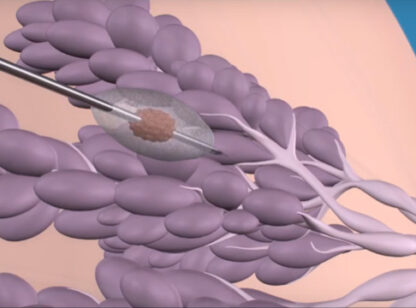
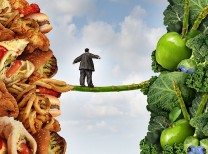

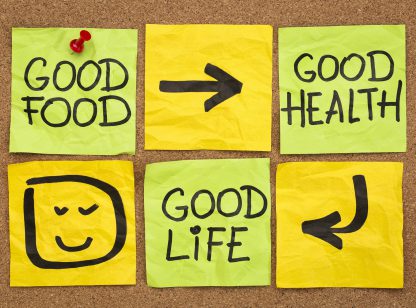

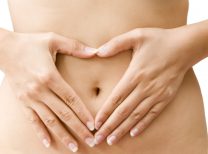

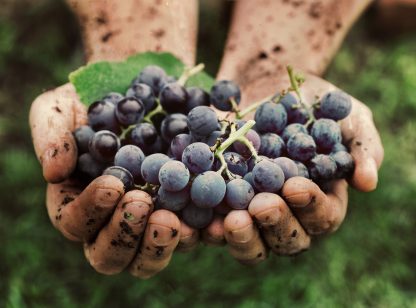
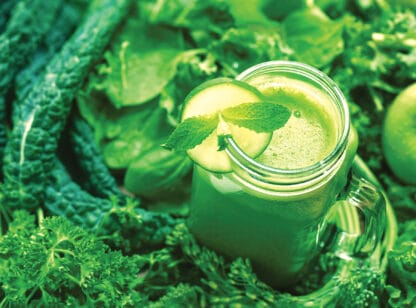
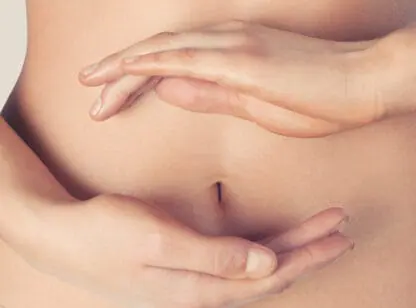





























Comments (0)